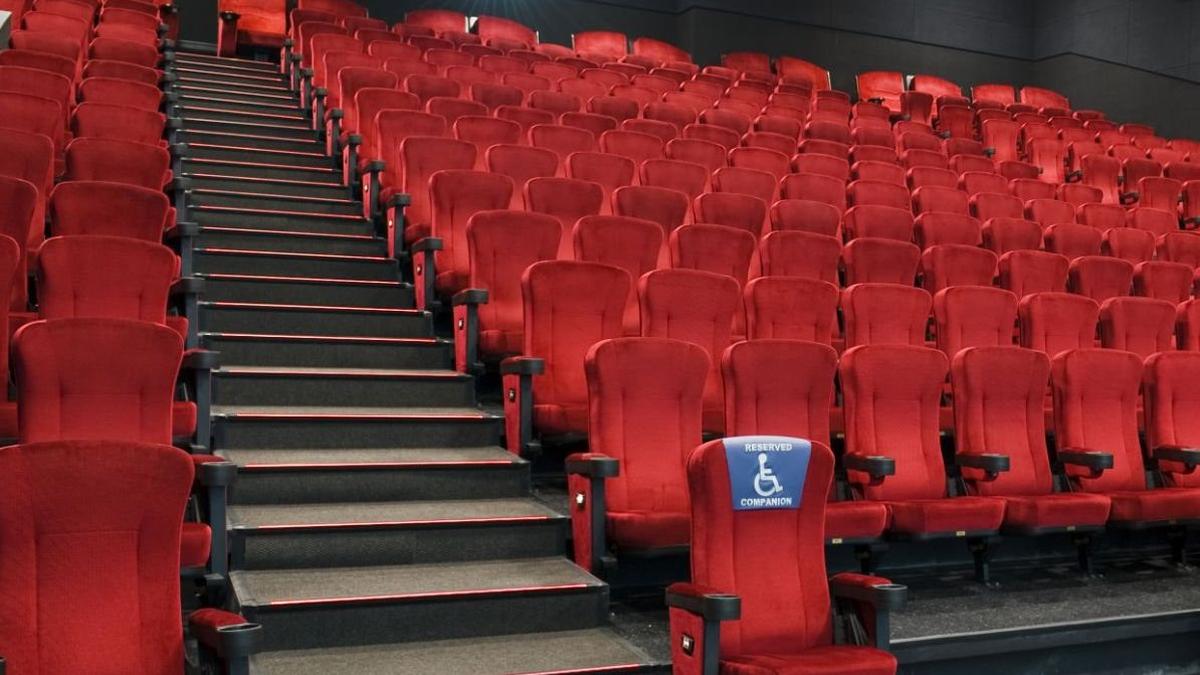The story so far: On July 8, while hearing a plea to ban the film Aaankh Micholi for derogatory portrayal of people with disabilities, the Supreme Court in a landmark ruling laid down comprehensive guidelines to prevent stereotyping and discrimination of persons with disabilities (PwDs) in visual media, including films and documentaries. What is the framework? The Supreme Court’s framework focuses on the prevention of stigmatisation and discrimination, recognising their profound impact on the dignity and identity of persons with disabilities. Among the guidelines is a call to avoid words that cultivate institutional discrimination, such as “cripple” and “spastic,” as they contribute to negative self-image and perpetuate discriminatory attitudes.
A Bench headed by the Chief Justice of India D.Y. Chandrachud said stereotyping differently abled persons in visual media and films must end, asking creators to provide an accurate representation of disabilities rather than mocking them.

Language that individualises the impairment and overlooks disabling social barriers, for example, words like “afflicted,” “suffering” and “victim”, should be avoided, it said. The court also asked creators to practice the principle of “nothing about us, without us,” and involve persons with disabilities in the creation and assessment of visual media content. What are laws which grant disability rights? The law which comprehensively deals with disability rights is the Rights o.























